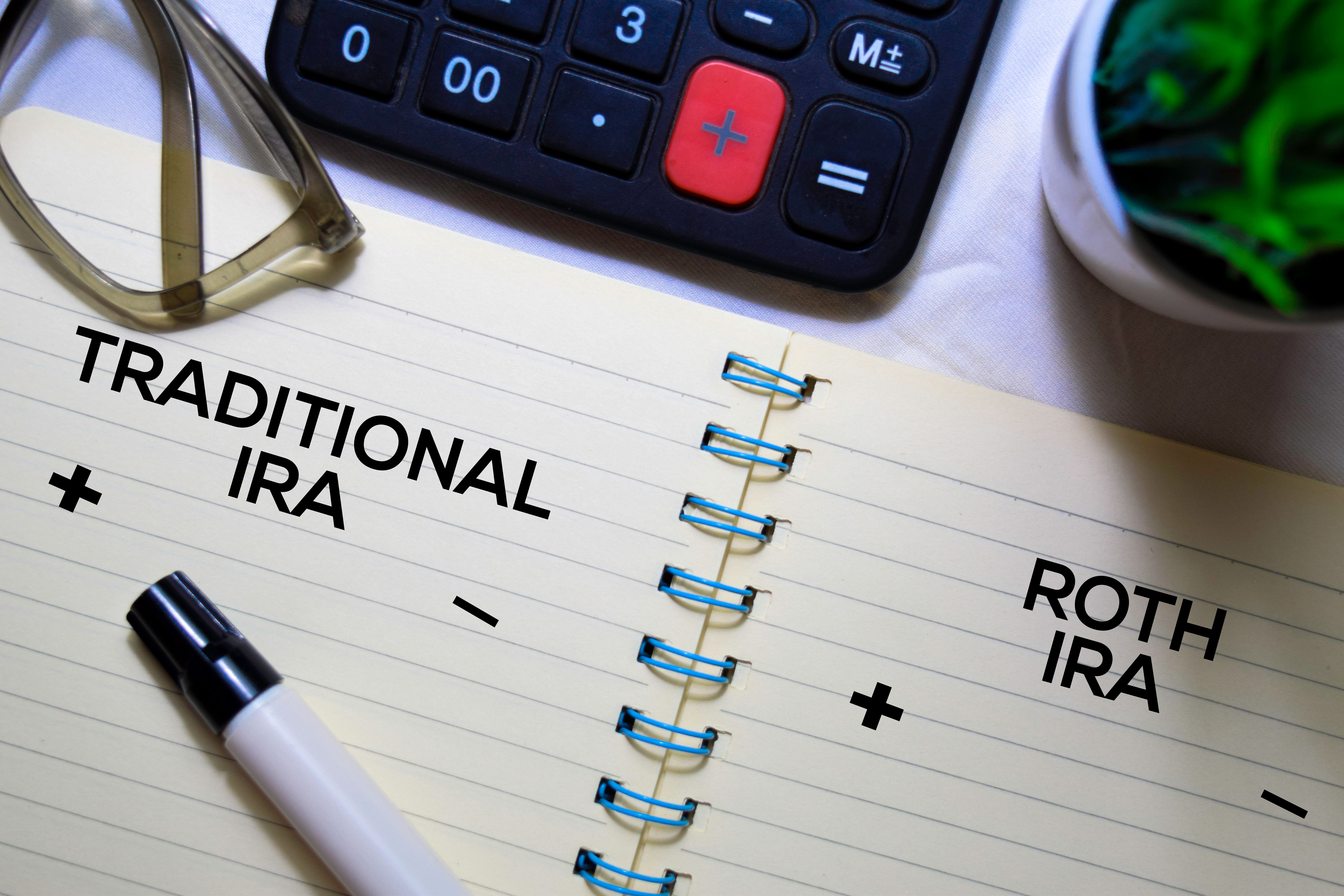Gold IRA vs Traditional IRA: What’s the Difference?
When planning for retirement, choosing the right Individual Retirement Account (IRA) can significantly impact your financial future. Two popular options are the Gold IRA and the Traditional IRA. Each has unique features and benefits, which can make the decision challenging. Let’s explore the differences to help you make an informed choice.

What is a Traditional IRA?
A Traditional IRA is a retirement savings account that allows individuals to contribute pre-tax income. This means you can potentially lower your taxable income in the year you contribute. The investments in a Traditional IRA grow tax-deferred, and you only pay taxes upon withdrawal during retirement.
Key advantages of a Traditional IRA include:
- Tax-Deferred Growth: Investments grow without immediate tax implications.
- Wide Range of Investment Options: Includes stocks, bonds, mutual funds, and more.
- Potential Tax Deductions: Contributions may be tax-deductible, depending on your income and other factors.

Understanding a Gold IRA
A Gold IRA, on the other hand, is a type of self-directed IRA that allows you to invest in physical gold, silver, and other precious metals. This can be an attractive option for those looking to diversify their retirement portfolio with tangible assets.
Benefits of a Gold IRA include:
- Hedge Against Inflation: Gold is often seen as a stable investment during economic fluctuations.
- Portfolio Diversification: Including gold can reduce exposure to stock market volatility.
- Ownership of Physical Assets: You own actual gold, which can be reassuring for some investors.

Key Differences Between Gold IRA and Traditional IRA
While both IRAs offer tax advantages, they differ in several ways. A Traditional IRA primarily involves financial products like stocks and bonds, offering flexibility but also exposure to market risks. A Gold IRA focuses on physical assets, providing a hedge against inflation but may involve higher fees and storage costs.
Moreover, contribution limits are generally the same for both types, but the rules regarding tax deductions and required minimum distributions (RMDs) might vary. It's crucial to consider these aspects based on your financial goals and risk tolerance.

Which IRA is Right for You?
The decision between a Gold IRA and a Traditional IRA depends on your investment strategy and retirement goals. If you prefer a broad range of investments and potential tax deductions, a Traditional IRA might be more suitable. However, if you value portfolio diversification with tangible assets and a hedge against economic uncertainty, a Gold IRA could be the better choice.
Ultimately, consulting with a financial advisor can provide personalized guidance, ensuring your retirement strategy aligns with your long-term objectives. Remember, a well-informed decision today can lead to a more secure financial future.